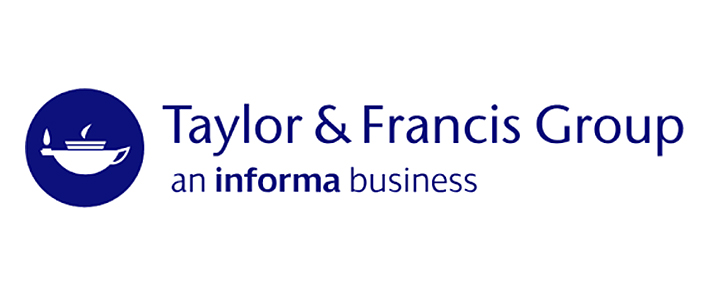Control of the Leishmaniases: Report of a WHO expert committee/ WHO
Material type: TextSeries: World Health Organization technical report series ; 793Publication details: Geneva : World Health Organization, 1990Description: 158 Pages: Illustrations, maps, tables; 20 cmISBN:
TextSeries: World Health Organization technical report series ; 793Publication details: Geneva : World Health Organization, 1990Description: 158 Pages: Illustrations, maps, tables; 20 cmISBN: - 9241207930
- 100 SD:610.621 WHO.TR.793
| Item type | Current library | Call number | Status | Date due | Barcode | Item holds | |
|---|---|---|---|---|---|---|---|
| Reports | ISI Library, Kolkata Reports & Records Collection | 100 SD:610.621 WHO.TR.793 (Browse shelf(Opens below)) | Available | Sub0017 |
Browsing ISI Library, Kolkata shelves, Shelving location: Reports & Records Collection Close shelf browser (Hides shelf browser)
Draws together world knowledge about the leishmaniases in order to establish guidelines for control that are specific to the different disease forms, parasite species, reservoir hosts, an vectors found in some 80 countries. The report takes its focus from recent progress in the identification of parasites and vectors as well as major advances in knowledge about the geographical distribution and prevalence of infection. Recommended control measures draw added force from the growing awareness that long-standing endemic foci can suddenly erupt into epidemics. The first main chapter, devoted to the leishmaniases in man, provides a richly detailed account of the seven main forms of clinical disease, their parasites, reservoir hosts, and vectors. The second chapter surveys measures for control, offering advice on the confirmation of diagnosis, passive case detection, active medical surveillance, treatment protocols for each disease form, and measures for the control of reservoir hosts and different species of sandfly. The second half of the book presents guidelines that can, for the first time, support the development of a global policy for control and assist in the establishment of long-term national programmes. Progress in understanding the geographical distribution and prevalence of infection is reflected in a 28-page, country-by-country tabulation of data on the parasites, proven or suspected reservoirs and vectors, and public health implications for different forms of the leishmaniases found in each of 80 countries. Specific control approaches are then outlined for 11 nosogeographical entities, with details on geographical distribution, epidemiological features, reservoir and vector control, and evaluation.
There are no comments on this title.


























